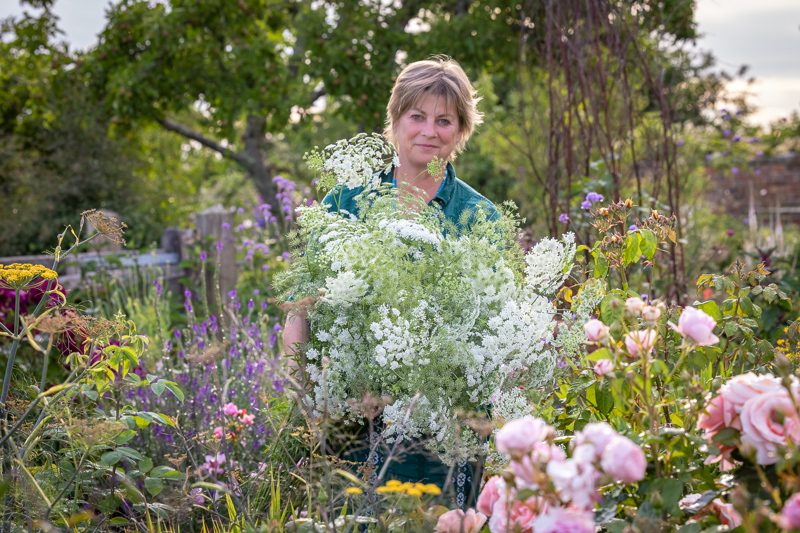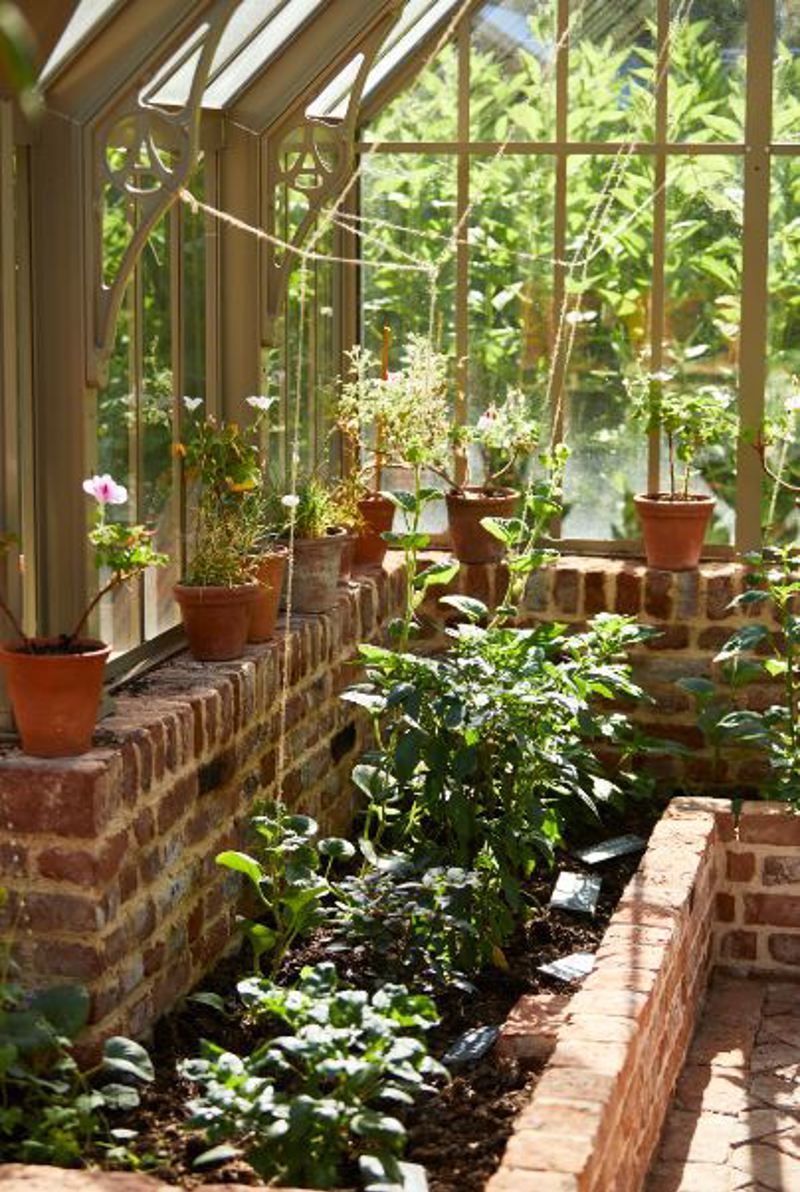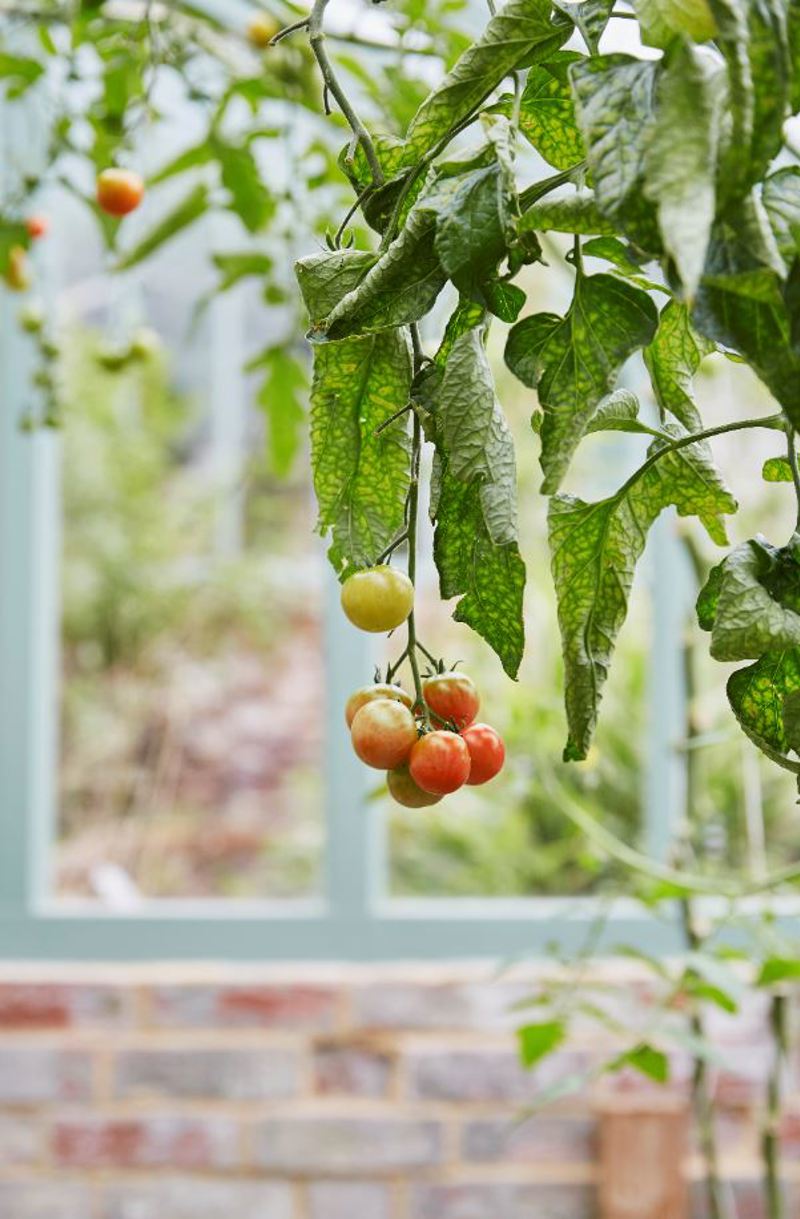Sarah’s must-have Kitchen Garden vegetables




Sarah’s must-have Kitchen Garden vegetables
What are the best vegetables to grow in your Kitchen Garden? This can be a hard question to answer when you are first starting out, as it’s tempting to grow so many different varieties. But sticking to the top performers will help you reap the rewards for a long time to come.
Discover some of Sarah Raven’s top tips and top picks below…
Leafy greens – kale, chard, and spinach
These are a total must, not just for their abundance but for their nutritional qualities too. Spinach has the tenderest texture and is good to eat raw.
Varieties such as spinach “Dominant” boast exceptional flavour but, if the weather gets too hot, it will need watering and a shade tunnel to stop it running up to flower. It's best sown in the early spring and autumn, in the shoulders of the year.
Chard “White Silver 2” and kale “Red Russian” are other standout choices for an abundant harvest. These varieties can be sown now and will produce meals for at least six months. Plus, they look beautiful in the patch too!
Courgettes
Growing several varieties at the same time is a great way to maximise your harvest. The best varieties include one dark green “Romanesco” – a ribbed fruit which, when eaten young, is reminiscent of globe artichoke hearts.
A pale green “Bianca di Trieste” is early to crop and an excellent flower producer for stuffing, as well as a yellow “Soleil F1”, which must be eaten young as the skin toughens early.
Climbing beans, peas and broad beans
If you still have some time and room, add some broad beans, which can be sown now in spring, alongside some peas, French and runner beans. These three will all need climbing frames to grow up.
Broad bean “Stereo” is a wonderful choice. This variety has been bred to not develop those tough inner bean skins, with a texture more like a pea but with a broad bean taste. It's superb.
For a shelling pea, I'd go for “Sugar Snap”. You can eat the tips – which grow prolifically – of the pods as soon as they form, and you can leave some to grow on and shell them. It's the most versatile member of the pea family. “Blue Lake Climbing” French bean and “Polestar” runner bean are my favourites, as they are slow to get stringy and tough and are easy to grow… and tasty too!
Tomatoes
Tomatoes are versatile in salads, pasta dishes and a whole host of Mediterranean recipes. They are also full of vitamins and minerals and much tastier picked fresh and warm from the garden than out of a supermarket fridge.
I’d really recommend introducing tomato plants as part of a companion planting scheme – this simple concept takes plants that make a great match for their mutually beneficial properties.
Try basil underneath as a sacrificial planting – white fly will be drawn to it rather than your tomatoes – or try garlic, nasturtiums or tagetes to repel aphids.
Fancy learning some more? Head over to Sarah Raven's website for extra planting tips and tricks.

